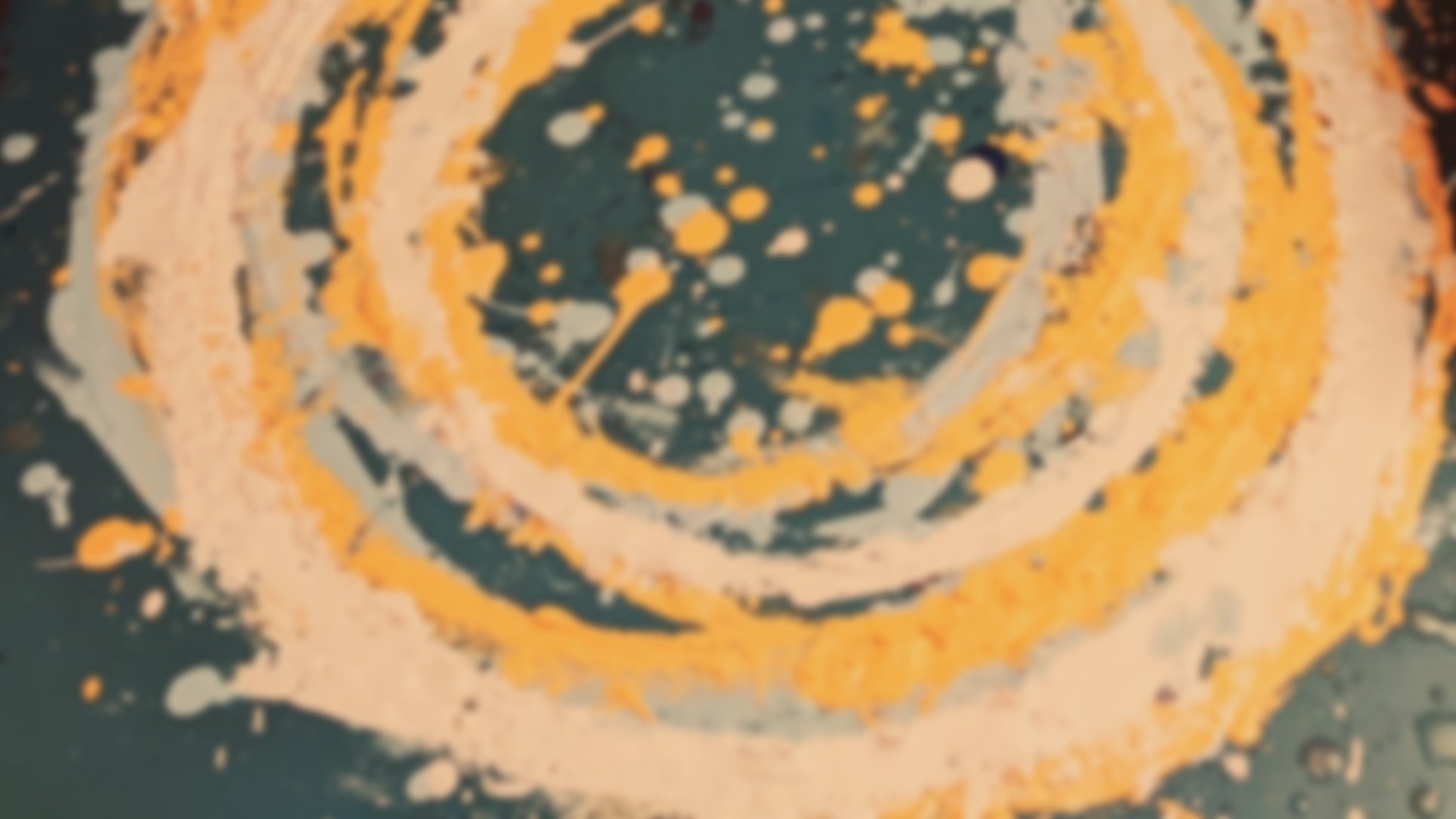
Getting Started
If you’re not sure how to best start adding accessibility features to your artwork and are overwhelmed by the prospect of taking on something you are unfamiliar with, start by looking at the following suggestions based on type of artwork. While most artwork doesn’t fall neatly into a “category,” starting here might be a more approachable way to explore accessibility features. As mentioned before, think of this as a first step - you can expand upon these features, and experiment with more creative approaches, as you get more comfortable with including these “accompaniments” within your art practice.
Keep in mind that this list does not include everything related to exhibition design or forms of audience engagement, which are essential to consider when you’re developing an exhibition. However, developing the accessibility features listed below in the early stage of the art-making process will make it much easier to consider features related to exhibition design in the later stages.
What kind of artwork are you creating?
Below you find artwork in broad categories along with a list of suggested accessibility features. Click on the link to be taken to the section of the guide.
-
(e.g. Painting, Drawing, Printmaking, Mixed Media, Textile (wall pieces) or Photography)
- Artwork Description (Image Description)
- For Digital Presentations: Alt-text
- Exhibition Design Consideration: Display work at lower height, content warning at gallery entrance (if applicable)
- Additional Considerations: Audio versions of Artwork Descriptions
-
(e.g. Sculpture, Installation, Glass artworks, Metal / Jewelry, ceramics or other non-wall mounted artworks)
- For Digital Presentations: Alt-text and Image Descriptions for all photo documentation (description and alt-text for each photo)
- Exhibition Design Consideration: Display work at lower height, content warning at gallery entrance (if applicable),
- Additional Considerations: Audio versions of Artwork Descriptions
- For Installation or sculpture with video and/or sound: Also review and include the suggested accessibility features in the appropriate “Time-based Media” category. You will need to create a hybrid of the two categories.
-
(e.g. Sound Art, Music Composition)
- Content Warning (if applicable)
- Exhibition Design Consideration: gallery sitting nearby for longer engagement
-
(e.g. Silent films or digital video without sound:)
- Content Warning (if applicable)
- Exhibition Design Consideration: gallery sitting nearby for longer engagement
-
(e.g. Music videos, Video documentation of performance art, Video Art with sound)
- Hybrid of Sound and Video Description
- Content Warning (if applicable)
- Exhibition Design Consideration: gallery sitting nearby for longer engagement
-
- A recorded version of the written piece
- Screen reader, dyslexia, and sensory friendly formatting (in both digital and print formats)
- Content Warning (if applicable)
- Additional Considerations: collaborate with other artists to add accompanying visual artwork and/or ambient sounds with your recording
-
- CART and ASL
- Content Warning (if applicable)
- List of Access features in event announcement
- Venue Design Requirement: accessible seating and bathrooms
- Additional Consideration: Relaxed performances
What’s Next?
Learn more about each accessibility feature, including guidelines, creative approaches, and additional resources. Explore the sections below, or return to the Accessibility Guide Home for a full list of sections.
Artwork Description: A Black woman with short, curly hair kneels on the floor, using a yellow screwdriver to fasten nails into a partially constructed bookcase. A few screws and a hammer are laid in front of her on the light blue floor. A purple cane is within reach of the woman, leaning against the yellow wall behind her. (Illustration by Aisha Akeju for Disabled and Here)
